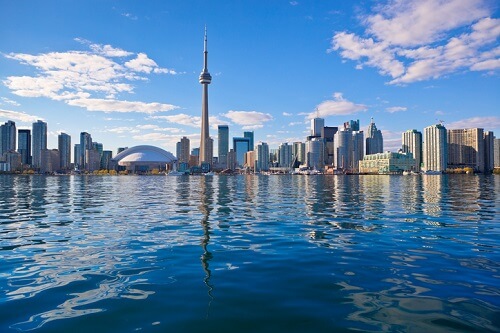

A report has concluded that the flooding that occurred along the shores of Lake Ontario and the connected St. Lawrence River in 2017 was not the result of poor water management, but of extreme wet weather.
The International Lake Ontario-St. Lawrence River Board (ILOSRB) – an organization jointly run by Canada and the US that monitors outflows from the lake and river – concluded in its report that natural weather factors from last winter and throughout the 2017 spring season combined to create one of the worst flooding events in the lake’s history. According to CBC News, the ILOSRB’s report was published last Thursday.
“This was an extreme event — a perfect storm, if you will,” said St. Regis Mohawk Tribe program manager for water resources Tony David, a US member of the ILOSRB.
David also explained that Lake Ontario saw high water levels during the flooding event due to record-breaking amounts of precipitation – the lake’s highest since 1942. By late May, the lake’s water level had exceeded all previous records since 1918.
“The board manages outflows. The board does not control Lake Ontario water levels,” he added, clarifying that the tools at the board’s disposal could only do so much to control the water.
ILOSRB’s report noted that the connecting Ottawa and St. Lawrence Rivers were also affected by the record precipitation in April and snow melt. Had the flood gates on the Moses-Saunders Dam opened at the time, water flowing from Lake Ontario would have exacerbated the problems of both rivers.
The report added that the higher flows caused by the release of more water from the dam would have increased currents and even posed a risk to commercial shipping.
